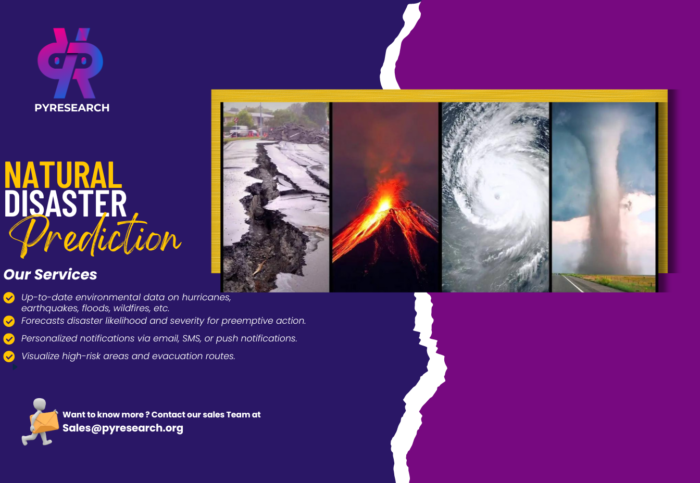Wintry Mix Advisory: Impacts And Precautions

Table of Contents
Understanding the Impacts of a Wintry Mix
A wintry mix significantly impacts various aspects of life, posing threats to transportation, infrastructure, and personal health. Being aware of these potential hazards is the first step in effective preparation and mitigation.
Transportation Hazards
Wintry mixes create treacherous conditions for all forms of transportation. The combination of snow, sleet, and freezing rain reduces visibility and makes roads and pavements extremely slippery.
- Reduced Visibility: Snow and blowing snow severely limit visibility, increasing the risk of collisions. This is particularly dangerous during rush hour or in areas with heavy traffic.
- Slippery Roads and Pavements: Ice accumulation, even in thin layers, renders roads and sidewalks incredibly slippery, leading to a sharp increase in accidents involving vehicles and pedestrians. Black ice, a nearly invisible layer of ice, is especially hazardous.
- Power Outages: Power outages caused by the wintry mix can disrupt traffic signals, causing further delays and confusion for drivers and pedestrians. Public transportation systems, including buses and trains, may also experience significant delays or cancellations.
- Delays and Cancellations: Flights are frequently delayed or cancelled due to icy runways and reduced visibility. Ground transportation, such as trains and buses, may also face significant disruptions.
Power Outages and Infrastructure Damage
The weight of ice and snow accumulating on power lines and trees can cause widespread power outages and infrastructure damage.
- Ice Accumulation on Power Lines: The weight of the ice can snap power lines, leading to widespread outages that can last for hours or even days, especially during severe wintry mixes.
- Damage to Trees and Power Poles: The combined weight of ice and snow can cause trees and power poles to collapse, further damaging power lines and disrupting service. Falling trees also pose a significant threat to property and safety.
- Disruptions to Essential Services: Water supply and sanitation services can also be disrupted due to power outages and damage to infrastructure. This can impact hygiene and the overall well-being of the community.
- Increased Risk of Carbon Monoxide Poisoning: During power outages, people may resort to alternative heating methods, such as generators or gas stoves, which can increase the risk of carbon monoxide poisoning if not used properly and ventilated correctly.
Health Risks Associated with Cold Weather
Exposure to cold temperatures during a wintry mix increases the risk of several health problems, especially for vulnerable populations such as the elderly, young children, and those with pre-existing health conditions.
- Hypothermia and Frostbite: Prolonged exposure to cold temperatures can lead to hypothermia (dangerously low body temperature) and frostbite (freezing of body tissues).
- Increased Risk of Falls and Injuries: Icy surfaces increase the risk of falls, potentially leading to serious injuries, especially for the elderly.
- Exacerbation of Existing Health Conditions: Cold weather can exacerbate existing health conditions, such as respiratory illnesses like asthma and bronchitis.
- Importance of Staying Warm and Dry: Wearing warm, layered clothing and staying dry are crucial for preventing hypothermia and frostbite.
Precautions to Take During a Wintry Mix Advisory
Preparation is key to minimizing the impacts of a wintry mix. Taking proactive steps before, during, and after the event can significantly reduce risks and ensure safety.
Preparing Your Home
Preparing your home before a wintry mix hits is crucial for ensuring safety and comfort during the storm.
- Stock Up on Essential Supplies: Gather a supply of non-perishable food, bottled water, essential medications, flashlights, batteries, and a battery-powered radio.
- Ensure Heating System Functionality: Check your heating system to ensure it's working correctly. Have a backup heating plan in place in case of a power outage (e.g., a fireplace or portable heater).
- Protect Pipes from Freezing: Insulate exposed pipes or let water drip from faucets to prevent them from freezing and bursting.
- Create a Family Communication Plan: Establish a communication plan with family members in case of separation during the storm.
Safe Driving Practices
Driving during a wintry mix demands extra caution and safe driving practices.
- Slow Down and Increase Following Distance: Reduce your speed significantly and increase the distance between your vehicle and the car in front of you to allow for more braking time.
- Avoid Sudden Braking or Acceleration: Sudden movements can easily cause your vehicle to skid on icy roads. Accelerate and brake gently and smoothly.
- Use Headlights and Low-Beam Lights: Using headlights improves visibility for you and other drivers, even during the day. Low-beam lights are recommended to reduce glare.
- Check Weather Conditions and Road Closures: Check weather forecasts and road conditions before you travel. Avoid unnecessary trips during severe weather.
- Keep an Emergency Kit in Your Vehicle: Keep a well-stocked emergency kit in your car, including jumper cables, blankets, a flashlight, and extra food and water.
Personal Safety Measures
Personal safety measures are essential during a wintry mix to prevent injuries and health problems.
- Dress in Warm Layers: Wear warm, layered clothing including a hat, gloves, and scarf to trap body heat.
- Wear Waterproof Boots: Wear waterproof, insulated boots with good traction to prevent slips and falls on icy surfaces.
- Avoid Unnecessary Travel: Limit travel during severe weather unless it's absolutely necessary.
- Check on Elderly Neighbors and Vulnerable Individuals: Check on elderly neighbors, people with disabilities, or other vulnerable individuals to ensure their safety and well-being.
- Be Aware of Signs of Hypothermia and Frostbite: Know the signs and symptoms of hypothermia and frostbite and seek medical attention immediately if you suspect someone is experiencing these conditions.
Conclusion
A wintry mix can have severe impacts, affecting transportation, infrastructure, and public health. By understanding the potential dangers and taking the proactive precautions outlined in this advisory, you can significantly reduce risks and ensure your safety during a wintry mix. Remember to stay informed about weather forecasts and heed all official advisories. Being prepared for a wintry mix, including having an emergency plan and supplies readily available, can make all the difference, protecting you and your community. Stay safe and be prepared for the next wintry mix advisory.

Featured Posts
-
 Hell City Nouvelle Brasserie Pres Du Hellfest A Clisson
May 21, 2025
Hell City Nouvelle Brasserie Pres Du Hellfest A Clisson
May 21, 2025 -
 Bbc Breakfast Guests Live Broadcast Interruption Causes Stir
May 21, 2025
Bbc Breakfast Guests Live Broadcast Interruption Causes Stir
May 21, 2025 -
 Japan Tourism Hit Manga Disaster Prediction Causes Cancellations
May 21, 2025
Japan Tourism Hit Manga Disaster Prediction Causes Cancellations
May 21, 2025 -
 From Reddit Viral Story To Movie Star The True Story Behind A Missing Girl Hoax
May 21, 2025
From Reddit Viral Story To Movie Star The True Story Behind A Missing Girl Hoax
May 21, 2025 -
 Clisson Hell City La Brasserie Ideale Avant Et Apres Le Hellfest
May 21, 2025
Clisson Hell City La Brasserie Ideale Avant Et Apres Le Hellfest
May 21, 2025
